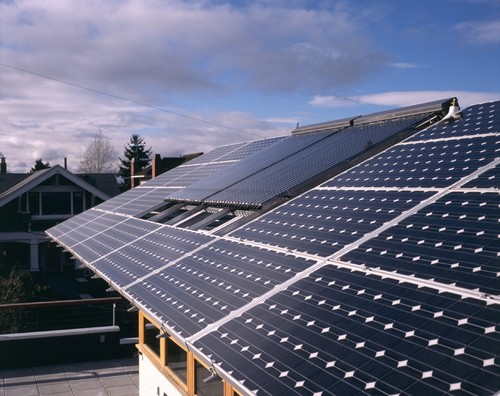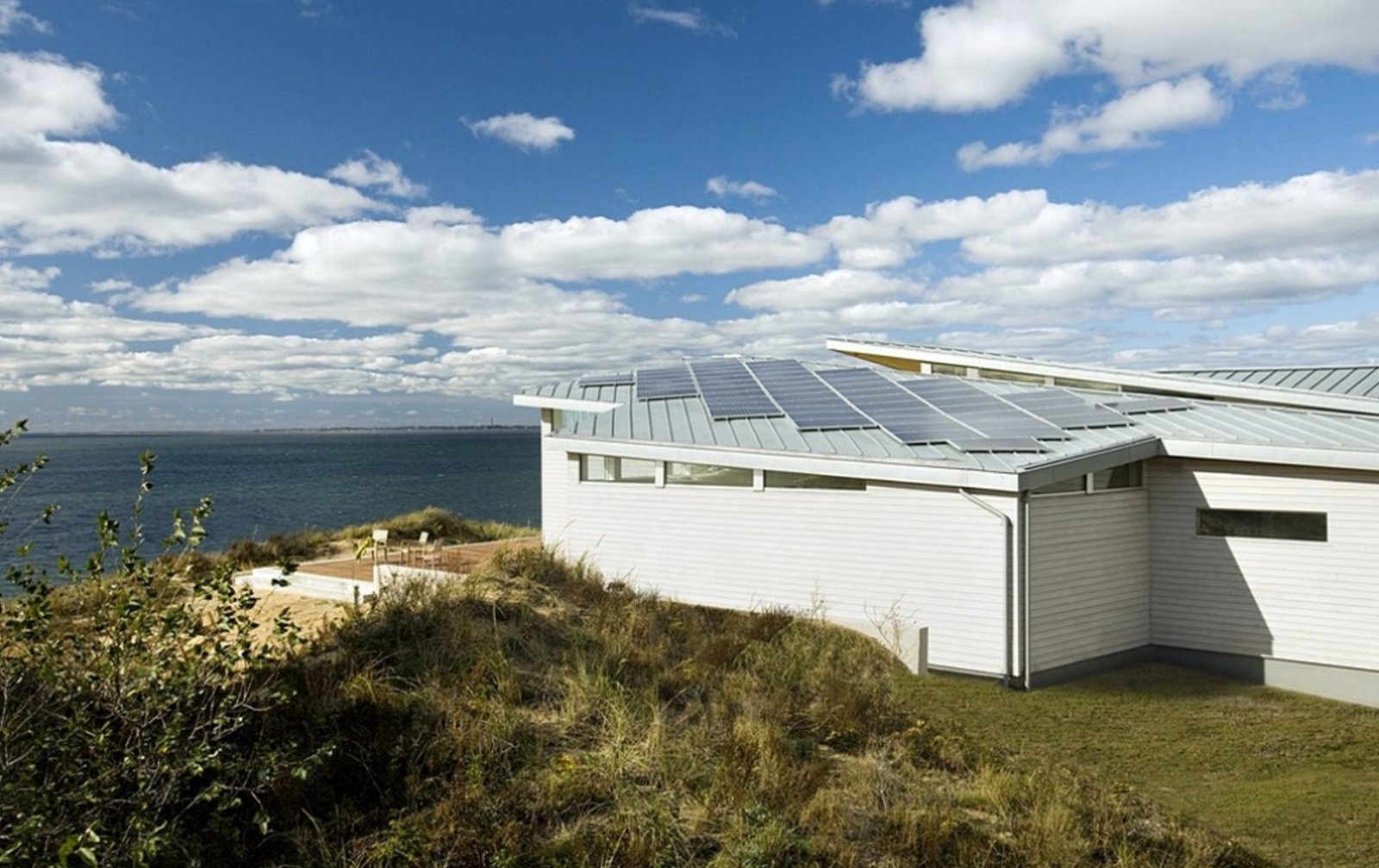Today the conventional energy sources have become scarce and therefore humanity is looking to other energy sources to complete and replace the current ones.
We need increasingly more desperate for new and renewable sources of energy that do not pollute our planet and can ensure the energy needs of the humanity.
1) Tidal Energy
Tidal energy is an energy that has an insignificant impact on ecosystems.
The operating principle is similar to operating system for wind energy.
In fact, the wind generators are similar to those, being set in motion, in this case, by the action of the sea currents.
In addition, the tidal energy is more predictable than wind energy.
That means a huge potential for future electricity generation.
United Kingdom sees a great opportunity in using this type of energy. Therefore, UK wants to build more tide energy generators off the coast of Wales that can provide enough energy for more than 5,000 homes.
2) Wave Energy
This energy is in a way similar with tidal energy. The principle is the capture of ocean wave energy and use for electricity, desalination and pump of potable water in tanks. A floating-type buoy on the sea surface captures the wave energy.
However, this kind of energy is not so efficient such as tidal energy, because you cannot predict the direction and force of the ocean waves.
Portugal is a pioneer in using of this kind of energy. Its first wave energy station contains three devices each of 750 KW power.
3) Radiant Energy
Radiant energy has the same effects as electricity, but with only 1% costs. This is a natural source of energy and can be obtained in two ways:
a) Directly from the environment
b) From electricity by method called fractionation
The oldest and cordless phone, invented by the great savant Nikola Tesla have used this kind of energy.

Photo by Jim Burton Architects – Browse exterior home ideas
4) Solar Energy
Using photovoltaic panels, we can capture the produced by the sun to generate electricity. I think is the fastest growing energy production and solar panels are becoming more efficient every day.
Rich and industrialized countries such as Japan, Canada, USA, Spain, and Germany use increasingly more solar energy.

Photo by Clinkston Architects – Discover exterior home design inspiration
5) Wind Energy
Big generators convert wind power in electricity. Huge wind farms are connected in a net with small turbines used to produce electricity for remote areas.
Today, wind produces 1.5% of global electricity. One of the pioneer is Denmark, 19% of the country’s electricity production is obtained from wind energy.
6) Compressed Natural Gas (CNG) or Liquefied Natural Gas (LNG)
Compressed natural gas is the fuel, which replaces diesel or gasoline. However, is more environmentally friendly than gasoline or diesel. Today, the number of vehicles on compressed natural gas is rapidly growing.
Italy, Canada and many countries from South America are the biggest consumers of this cheap and eco-friendly fuel.
7) Hydroelectricity
Hydroelectricity is electricity generated by waterpower, by force of gravity and water flow phenomenon.
In fact, hydroelectricity is almost 20% of global electricity, but we cannot say this kind of energy is environmentally friendly. Hydroelectric dams have an environment impact. However, this kind of energy has a great future because is a clean and renewable energy.
8) Geothermal Energy
Geothermal energy is a very efficient and powerful way to extract renewable and clean energy from earth deeps.
It is an efficient and completely eco-friendly energy. Unfortunately, you can obtain this energy from relatively small areas, near the tectonic joints.
However, many countries such as USA (California), Iceland, Philippines, El Salvador, Costa Rica and Kenya use this kind of energy.
9) Biomass Energy
Biomass energy is a renewable energy and it is the most abundant and widespread energy. It can be obtain from vegetables and animal elements, even from human waste.
Currently in the U.S. biomass energy generates about 0.5% of the electricity of the country.
10) Nuclear Energy
Nuclear energy assures more than 14% of world energy. Worldwide are over than 400 operational nuclear reactors, divided into 30 countries.
However, nuclear power is a great risk to humanity. Only, remember the Chernobyl catastrophe or more recently the Fukushima Catastrophe.
Feng Shui Elements Can Create a Positive Energy in Your Home (howtobuildahouseblog.com)


